The year 2015 has been designated one of Anglo-Mexican amity, with celebrations planned in both countries by both governments. But it looks as though one name will be missing from the list: Pedro Friedeberg’s. ‘Who?’ you may ask. Well, in 1982 I was in Mexico City to interview Gabriel García Márquez after he’d won the Nobel Prize for Literature. At a party given by a Mexican art-collector, I noticed several zany pictures on the wall. ‘They’re all by Pedro Friedeberg, my favourite Mexican artist,’ said the collector. I stared at one large framed square after another, at pictures in which the Old World and the New seemed conjoined in a frantic, electrified marriage.
The following week the Mexican currency collapsed. As I was walking past a gallery in the Zona Rosa, a painting in the window arrested me. Strangely attired maidens floated in a room which had a 19th-century look — until I peered more closely and saw that its wallpaper was patterned with tiny repetitions of E=mc2. The picture was entitled ‘The Levitation of the Three Virgins of Guadalajara’, and it was by Pedro Friedeberg.
I went in. The assistant explained that the currency was still collapsing, but did I have any dollars? I did, in the form of traveller’s cheques. In which case the picture could be mine for $120. It was very large. ‘We can ship it to London.’ I wanted it, but I was about to leave for Acapulco. ‘We can reserve it for you.’ I remember thinking at the time that unless I took it with me, I might never see it again, but that it was too big to carry. I turned it down.
I have never stopped kicking myself since. That picture was me, was mine. Travellers sometimes meet with these accidents of good fortune and should always rise to the occasion — but I had failed dismally. So when in 1985 I was asked by Macmillan whether I had any ideas for the cover of my first novel, I immediately thought of Friedeberg, and contacted him. Back came a charming letter in a wry, courteous tone; yes, he’d love to design the cover (in the event it was the cover of my second, The Underbelly, that he did). It was also a letter unlike any I’d had before: adorned with drawings of four chairs in classic 18th-century style but coloured in a high-octane, psychedelic manner. This was Europe — or was it Latin America?— with knobs on. And what about that name of his?
We have been exchanging letters ever since, and the correspondence has grown into something extraordinary. Mine to Pedro are conventional enough, usually on pale blue onion-skin writing paper, sent in air-mail envelopes. But his to me are magnificent creations. The envelopes alone have given many a postman a peyote turn, decorated in coloured inks, stickers and stamps, all the more striking for being done in a highly considered, orderly manner. The letters themselves are usually large single sheets in which the writing winds in and out of some bizarre surrealistic creation in vivid colours. Somehow they could only be Mexican.
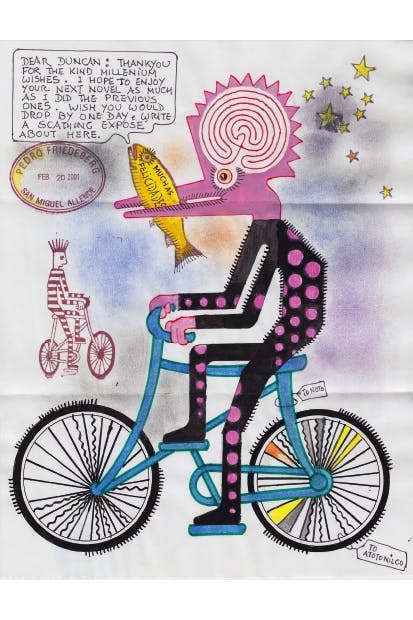
Pedro’s origins are complex, however, and have given rise to his lifelong habit of layering reality with fantasy, irony and games. He was born in Florence in 1936 to a Jewish mother, Gerda Lansberg, who had left Nazi Germany the previous year. By 1939 she thought it wise to escape Mussolini’s Italy too, against the wishes of Pedro’s father, Heinrich Hoffmann. Her choice of Mexico was influenced by a German friend, Erwin Friedeberg, who’d been born there, and whom she subsequently married. He was a Trotskyite, and Gerda became one of Trotsky’s translators — until his assassination in 1940. Aged 18, Pedro made the startling discovery that ‘Pedro Friedeberg’ wasn’t the name on his birth certificate. These dislocated beginnings infuse his work with its unexpected chemistry: refiguring the world in order to make sense of it — or to avoid it. Escape is one of his major themes and is embodied in the intense perspectival rush of much of his work. Indeed some of his pictures seem to be heading for outer space at high velocity.
The madcap world of postwar Mexico City had been much affected by the influx of artists and intellectuals escaping from Europe, including Buñuel and Cernuda. I once asked Pedro whether he was the last of the Surrealists (since André Breton had formally admitted him to the elect by letter in 1963) and he said no, Leonora Carrington was still living round the corner. She has since died; and of course Friedeberg is not the last of anything. His work strikes me as exceedingly futuristic — an impression enhanced by its eerie echoes of rococo and pre-Columbian art.
Fantastically well-read in the literature of five languages, Friedeberg has been married four times, and has a number of children; but the subject of family life has rarely come up in the course of our long correspondence. He divides his time between Mexico City and San Miguel de Allende. I consider him one of my close friends — despite the fact that we have never met.
In a letter of 2001 I mentioned how I had almost bought the ‘Levitating Virgins’ in Mexico City many years before, and asked if he knew where the work had ended up. He said he couldn’t recall any such picture, but that it was a nice idea and that one day maybe he would paint it. Meanwhile, would I be happy with two Zapotec princesses levitating above London Zoo? He once offered me his empty flat in Mexico City: ‘Stay for as long as you like, and write about this country, because nobody has written anything worthwhile about Mexico since D.H. Lawrence.’ It was tempting; but I was drifting at the time in the opposite direction, to St Petersburg. Another time he wrote from the QEII, saying he was floating towards me and would I be at home? I was, but the call never came. When I asked him if the Aztec-Roman mansion in Mexico City, used by Buñuel in The Exterminating Angel, was still standing, he answered a quite different question — one I hadn’t asked.
So these things can be as tenuous as mist. Never mind. People who meet in mist can never know rupture. And the letters are real enough — dozens of them. They are perhaps the most curious link there has ever been between Britain and Mexico. Should I bequeath them to the Bodleian Library — or Tate Modern — or perhaps the Musée des Manuscrits et Lettres in Paris? There are nights when I lie awake for hours, with the quandary of it irking me like an overused Brillo pad.
Got something to add? Join the discussion and comment below.
Get 10 issues for just $10
Subscribe to The Spectator Australia today for the next 10 magazine issues, plus full online access, for just $10.

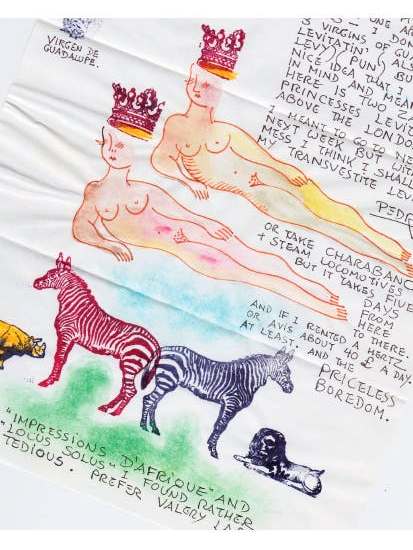
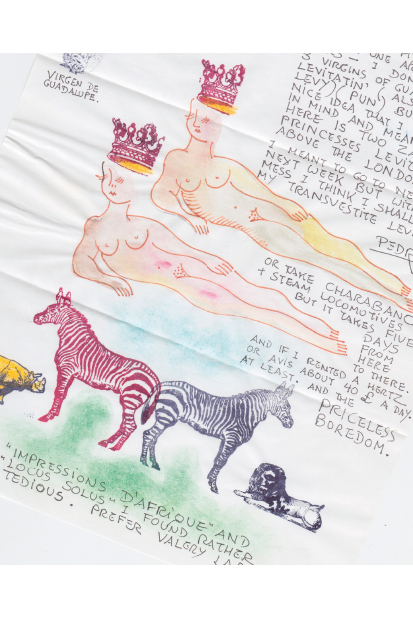
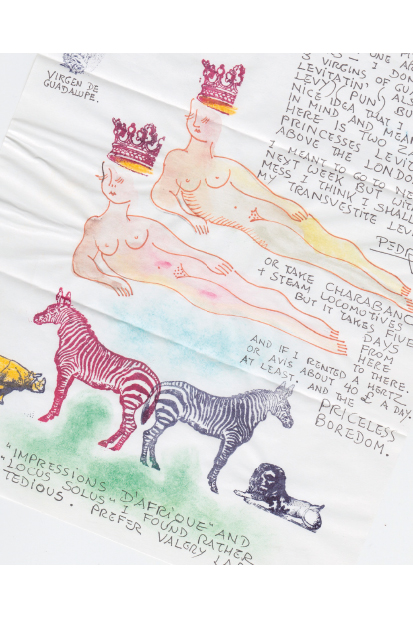

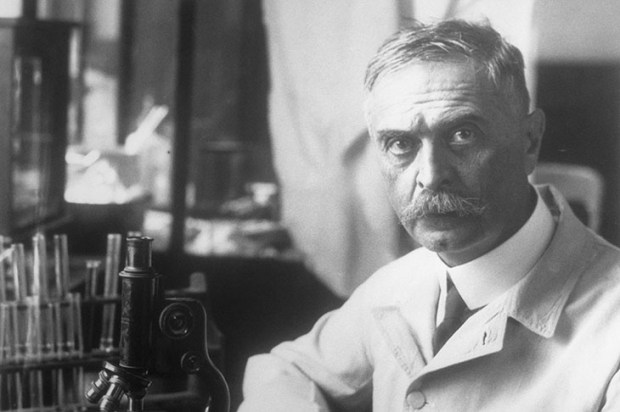
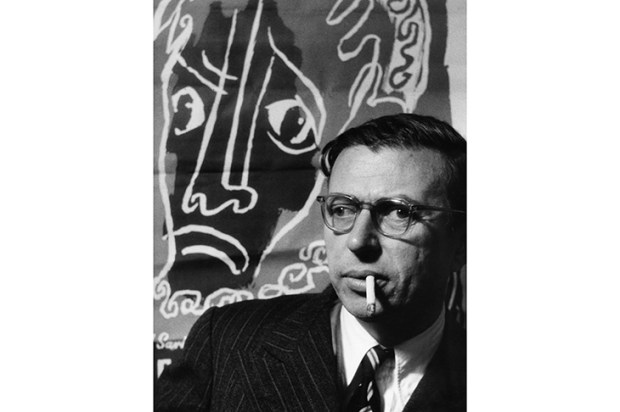
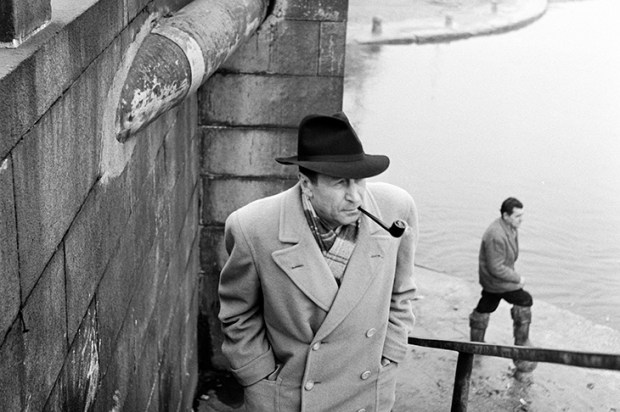






Comments
Don't miss out
Join the conversation with other Spectator Australia readers. Subscribe to leave a comment.
SUBSCRIBEAlready a subscriber? Log in